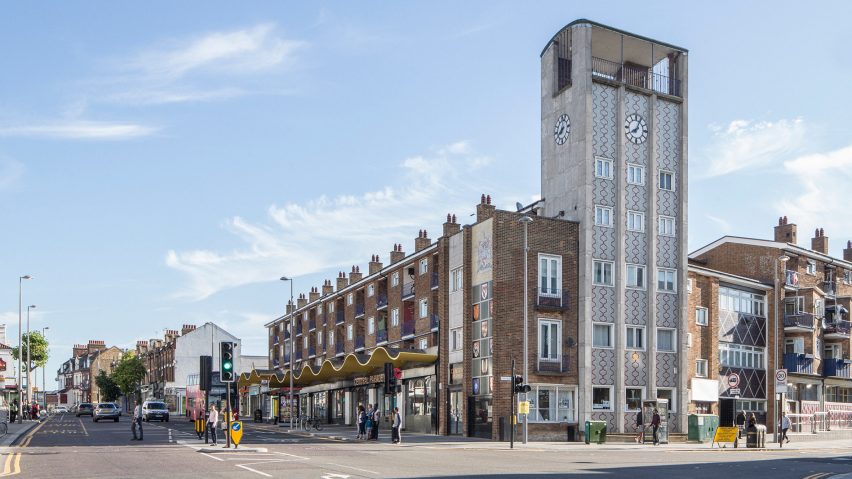Dezeen promotion: the government must prioritise new models of affordable workspaces to ensure that London maintains its "global competitiveness" as a centre of commerce, according to a new report by New London Architecture.
The report is part of the WRK / LDN Insight study by New London Architecture (NLA) – an independent forum for discussion, debate and information about architecture and construction in the capital.
It addresses ways for London to protect its existing commercial and industrial sites, while also ensuring the sufficient creation of workspaces to meet demand from growing digital businesses.
The NLA report calls on the central government, the mayor of London and other stakeholders in the capital to ensure that the provision of affordable workspace is a key part of planning policy, in order to maintain the capital's position as a preeminent commercial centre.
It suggests replicating the large-scale mixed use schemes popular in other global cities, which integrate living, working, making, manufacturing and leisure. It also advises on ways to improve transport links and make the city more digitally connected.
"The ways we work, and the places in which we work, have evolved dramatically over the last decade," said the chair of the NLA, Peter Murray. "This landmark report highlights how the provision and protection of London's workplaces must evolve to meet the changing demands of contemporary business."
"As the mayor considers the contents of his next London Plan, he must ensure that London becomes smarter as a city in its supply of data, in its digital capacity and its ability to adapt with buildings flexible enough to absorb radical new ways of working," Murray continued.
The research warns that spaces for commercial and industrial use are under threat as the demand for housing pushes up land prices, and planning policies currently favour conversion of offices to residential use.
It also states that as long as land costs remain high in London, the need to accommodate more uses in less space calls for greater density and intensification of development.
Addressing the availability, affordability and quality of workplaces is a way to ensure that London continues to attract and retain the best global talent following the UK's recent decision to leave the European Union, the report argues.
"London's greatest strength is its connections, socially, digitally and physically, and for the majority of Londoners commuting is a significant part of our work life," said John Robertson Architects director Festus Moffat.
"We believe that the next version of the London Plan puts an emphasis on the development of transport nodes and the areas around them to provide London with a connected future."
A variety of different workspace developers, including British Land and SEGRO; architects including John Robertson Architects and Orms; consultants and agents such as Cushman & Wakefield; and engineers including AECOM and Colorminium engaged in industry roundtables, interviews and project reviews for the study.
The NLA's findings will be exhibited in an exhibition at The Building Centre in Bloomsbury, which will run from 13 October to 17 December 2016.
The space will also host a pop-up working area, where future growth areas and current exemplar schemes will be showcased, and additional recommendations on how to secure the future of London's economy will be provided.
There will also be a programme of related events, running until mid-December, that will debate the key themes to come out of the insight study.
Main image is the Central Parade Creative Hub by Gort Scott. Photograph by Dirk Lindner.

